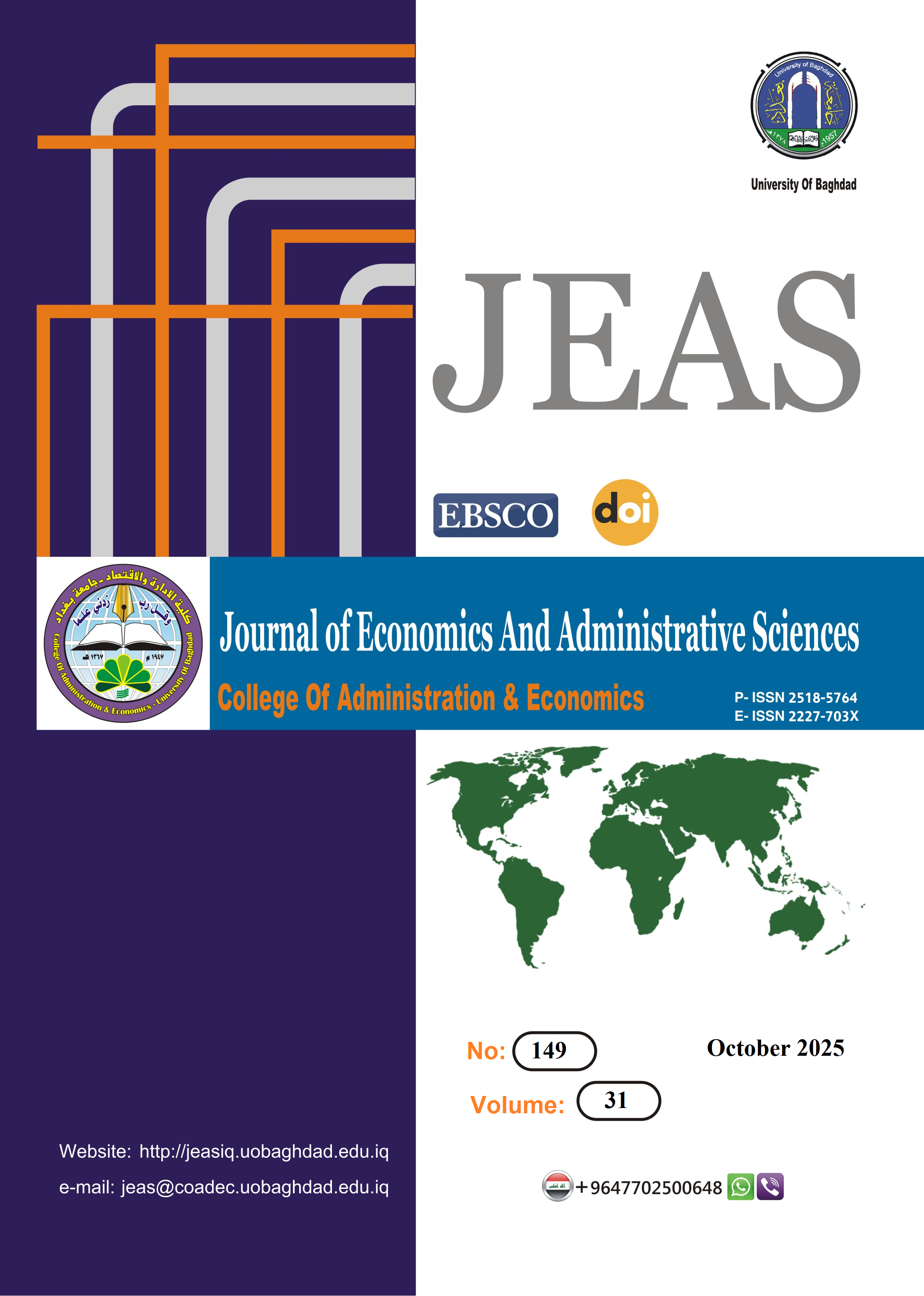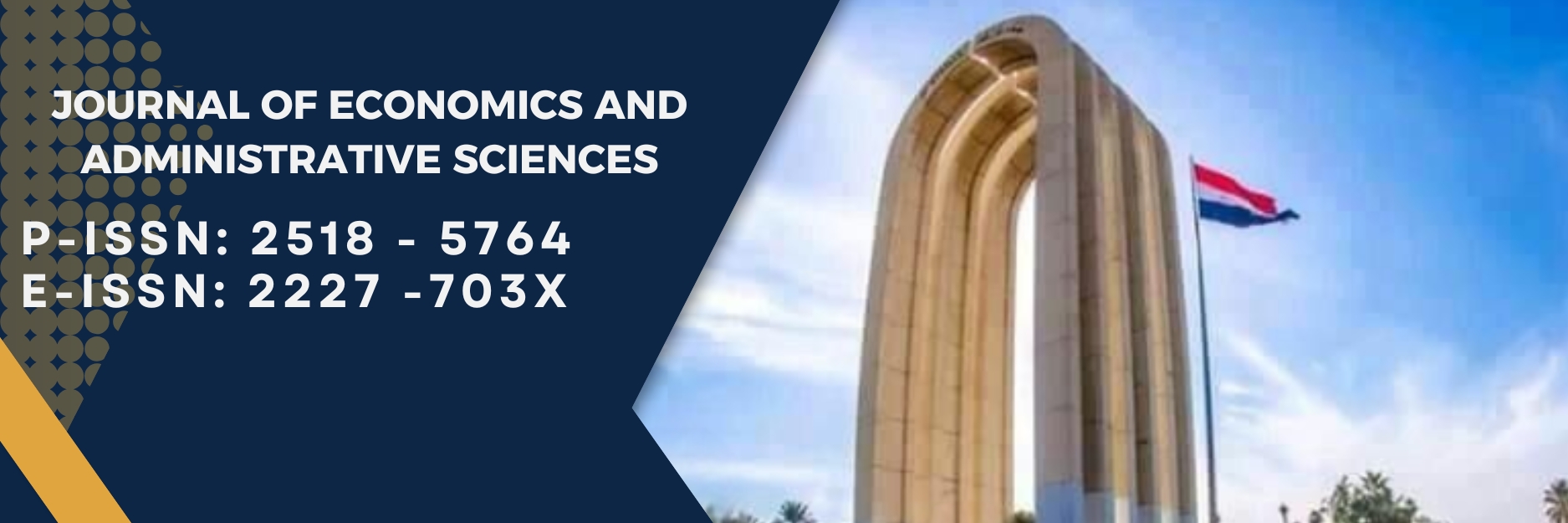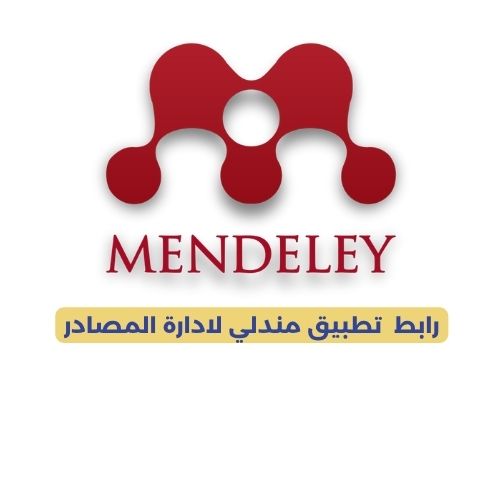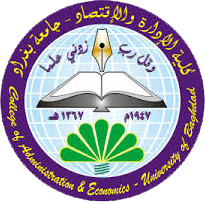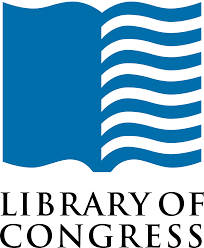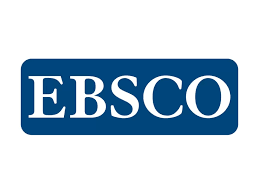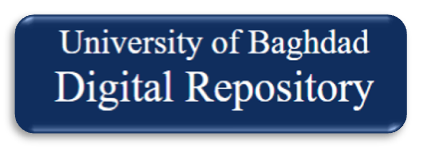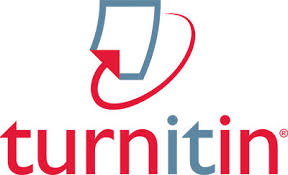The Role of Green Target Costing in Achieving Sustainable Competitive Advantage in Economic Units
DOI:
https://doi.org/10.33095/a42m8y73Keywords:
Green Target Cost, Sustainable Competitive Advantage, Environmental Costs, Heat Exchanger.Abstract
Research aims to determine the role of green target costing in enhancing and supporting sustainable competitive advantage in Iraqi economic units and to define the philosophical concepts of green target costing (GTC) and Sustainable Competitive Advantage (SAC). To achieve this, the research relied on an applied descriptive approach, applying it to an actual production environment, namely the "General Company for Fertilizer Industry - Southern Region in Basra," and relying on data for the year 2024. The research concluded that the application of GTC concepts in the reality of the Iraqi industry is in its early stages. One of the most important objectives of this application is to improve the efficiency of resource use and reduce waste, in addition to designing environmentally friendly products. This contributes to supporting and enhancing the sustainable competitive advantage of the economic unit. The research results show that the full application of the green target costing approach in the research sample created a gap between it and the cost, which amount which can be invested in environmental initiatives or improving competitive profitability. Therefore, the research recommended adopting the integrated GTC methodology in Iraqi national factories to support environmentally friendly national products and create a sustainable competitive advantage for them.
Downloads
References
Abdul Abbas, Z. M., & Al-Moussawi, A. N. K. (2024). Using Green Target Costing and Value Engineering as an Integrated Framework for Implementing the ZEMCH Approach in the Iraqi Construction Sector. Al Kut Journal of Economics and Administrative Sciences, 14(43), 315–343.
Alawaed, H. M. A., Al-Kawaz, S. M. J., Abbas, A. A., & Alnasrawi, S. A. A. (2024). Modelling Effective Budgeting and Production for Sustainable Competitive Advantage: Evidence from Kufa Cement Factory, Iraq. Foundations of Management, 16(1), 295–310.
Albander, M. H., & Matrood, S. N. (2023). The Role of Knowledge Management Processes in Achieving and Enhancing Sustainable Competitive Advantage (A Field Study on Private Universities in Almuthanna Governorate). World Bulletin of Management and Law, 22, 176–185.
Al-Humairi, S. K. O., Abd, A. M. F., & Abbas, A. A. (2024). The impact of cleaner production strategy on Sustainable supply chain performance. Production Engineering Archives, 30(2), 166–181.
Al-Jadri, D. A. A.-R. (2018). Using Green Target Costing and Decomposed Analysis to Reduce Costs and Achieve Competitive Advantage [Master’s thesis, University of Baghdad].
Al-Jumaili, A. M. J. (2014). The Role of Strategic Analysis in Achieving Sustainable Competitive Advantage [Higher Diploma Thesis, university of Baghdad].
Al-Rubaie, M. S. (2022). The Role of Concurrent Engineering Technology and Green Target Costing in Achieving Sustainable Competitive Advantage. Al-Muthanna University Journal of Administrative and Economic Sciences, 12(2), 140–171.
https://doi.org/10.52113/6/2022-12-1/141-169
Asa, A. R., Nautwima, J. P., & Villet, H. (2024). An Integrated Approach to Sustainable Competitive Advantage. International Journal of Business & Society, 25(1).
Barney, J. (1991). Firm resources and sustained competitive advantage. Journal of Management, 17(1), 99–120.
Barney, J. B., & Hesterly, W. S. (2008). Strategic management and competitive advantage: Concepts and cases. (No Title).
Berlin, S., Horvath, P., Kersten, W., Allonas, C., Brockhaus, S., & Wagenstetter, N. (2011). Leitfaden: Green Logistics Target Costing für kmU.
Bijan, R. S. (2021). How to Use the Targeted Cost of Green Products to Achieve Contemporary Industrial Requirements. Psychology And Education, 950–978.
Sabah alchalabi, A., & Hammood Chitheer , S. (2024). The Impact of Customer Relationship Management on Sustainable Competitive Advantage Mediator Brand Citizenship Behavior: An Analytical Study in a Sample of Iraqi Banks. Journal of Economics and Administrative Sciences, 30(141), 54-70. https://doi.org/10.33095/w73her12
Chlaihawi, M. O. A. (2023). Using Green Target Costing and Reverse Engineering Techniques to Reduce Costs. International Academic Journal of Social Sciences, 10(2), 15–24.
De Melo, R. S. S., De Carvalho, A. C. V., Yokota, A. A., Granja, A. D., & Noguchi, M. (2016). ZEMCH and green target costing approaches: inferences from a design workshop. 5th International Conference on Zero Energy Mass Customised Housing-ZEMCH 2016, ZEMCH Network, 20–23.
Dewayana, T. S., Gunawan, A., Suryadi, K., & Marie, I. A. (2025). Systematic Review of Sustainable Competitive Advantage Factors of SMEs in The Creative Industry. Logistic and Operation Management Research (LOMR), 4(1), 101–118.
https://doi.org/10.31098/lomr.v4i1.3331
Hakkak, M., & Ghodsi, M. (2015). Development of a sustainable competitive advantage model based on balanced scorecard. International Journal of Asian Social Science, 5(5), 298–308.
Hamadamin, H. H., & Atan, T. (2019). The impact of strategic human resource management practices on competitive advantage sustainability: The mediation of human capital development and employee commitment. Sustainability, 11(20), 5782.
Hameed, A. M. (2024). The Role of Green Target Cost Technique in Improving Sustainable Performance of Economic Units. Indonesian Journal of Humanities and Social Sciences, 5(1), 65–78.
Hanson, D., Hitt, M. A., Ireland, R. D., & Hoskisson, R. E. (2016). Strategic management: Competitiveness and globalisation. Cengage AU.
Hendercks, J. (2015). Managing Environmental Sustainability Using Target Costing. Chartered Professional Accountants of Canada (CPAC), Permissions@ Cpacanada. Ca.
Horngren, C. T., Datar, S. M., & Rajan, M. V. (2021). Cost Accounting: A Managerial Emphasis (17th ed.). Pearson.
Horváth, P., & Berlin, S. (2012). Green target costing: getting ready for the green challenge! Cost Management, 26(3), 25.
Hraiga, R. A., Fadel, A. M. M. A., & Abbas, A. A. (2023). Role of Balanced Scorecard in Evaluating Total Productive Maintenance Performance. Journal of Economics and Administrative Sciences, 29(135), 83–99.
Janz, D., Hornberger, M., & Westkämper, E. (2006). Design for environment by target life cycle costing. In Innovation in Life Cycle Engineering and Sustainable Development (pp. 337–348). Springer.
Larbi, G. M. (2019). A Try to combine more than approaches and competitive strategies to achieve a sustainable competitive advantage. Journal of Economics and Administrative Sciences, 25(116), 147-163. https://doi.org/10.33095/jeas.v25i116.1792
Mahdi, O. R., Nassar, I. A., & Almsafir, M. K. (2019). Knowledge management processes and sustainable competitive advantage: An empirical examination in private universities. Journal of Business Research, 94, 320–334.
Malone, D. (2015). Cost Management Tools for the Environmentally Sustainable Firm. Accounting, Audit & Corporate Finance Library.
Matthews, J., & Shulman, A. D. (2005a). Competitive advantage in public-sector organisations: explaining the public good/sustainable competitive advantage paradox. Journal of Business Research, 58(2), 232–240.
Matthews, J., & Shulman, A. D. (2005b). Competitive advantage in public-sector organisations: explaining the public good/sustainable competitive advantage paradox. Journal of Business Research, 58(2), 232–240.
Ministry of Industry and Minerals. (2024, July 20). Ministry of Industry and Minerals, Southern Fertilizers Company. Https://Sfert.Industry.Gov.Iq/?Page=3.
Mohammed, R. A. (2023). The role of the dimensions of the target cost approach in pricing banking services for commercial banks to achieve a sustainable competitive advantage. Am. J. Bus. Manag. Econom. Bank, 8, 18–41.
Hamed Fadel Murad, & Dr. Salah Mahdi Jawad Al-Kawaz. (2024). Integration between Green Target Cost and Budgeting Techniques Based On Four-Stage Time-Oriented Activity and Its Reflection in Achieving Competitive Advantage. International Journal of Recent Research in Commerce Economics and Management (IJRRCEM), 11(1), 75–95. https://doi.org/10.5281/zenodo.10663615
Nafei, W. A., Ghoneim, M. A., Mujtaba, B. G., & Khanfar, N. M. (2025). Digitalization as a Socioeconomic Challenge: Assessing the Mediating Role of Digital Service Quality on Digitalization’s Impact on Sustainable Competitive Advantage. Socio-Economic Challenges (SEC), 9(1).
Nasifoglu Elidemir, S., Ozturen, A., & Bayighomog, S. W. (2020). Innovative behaviors, employee creativity, and sustainable competitive advantage: A moderated mediation. Sustainability, 12(8), 3295.
Nishimura, A. (2014). Transforming cost design into environmentally conscious cost design in Japan: likelihood and problems for further development. Journal of Management Control, 25(1), 55–75.
Olender, M., & Rosen, A. (2023). Target Sustainability Design-Application of sustainability to the target value design method. Phase0-Journal Für Integriertes Planen, Bauen Und Betreiben, 1.
Porter, M. E. (2008). Competitive advantage: Creating and sustaining superior performance. simon and schuster.
Ridha, D. A. A., Ridha, I. A. A., & Ridha, D. A. A. (2024). Green Quality Management and Green Target Costing and Their Role in Achieving Competitive Advantage. Eximia, 13, 799–814.
Saeed, S. A. R. (2013). The Requirements of Achieving Sustainable Competitive Advantage under Framework of Constructing Green Strategy for Business Organisations (perceptual analytical study). Journal of Economic and Administrative Sciences, 19(73).
Saihood, N. H. (2023). Employing green target costing and balancing sustainable continuous improvement in achieving competitive advantage [Doctoral thesis, University of Karbala].
Samer. (2010, August 21). Statement on the establishment of the General Company for Fertilizer Industry in the Southern Region.
Https://Wiki.Dorar-Aliraq.Net/Iraqilaws/Law/16857.Html.
Satar, A., Musadieq, M., & Hutahayan, B. (2023). A Systematic Literature Review: Determinants of Sustainable Competitive Advantage. Fifth Annual International Conference on Business and Public Administration (AICoBPA 2022), 3–16.
Wahid, A. P. D. M. A. (2023). The Role of Green Target Costing Technology and the Product Life Cycle in Reducing Costs. World Economics and Finance Bulletin, 27, 142–151.
Zhang, X., Chu, Z., Ren, L., & Xing, J. (2023). Open innovation and sustainable competitive advantage: The role of organizational learning. Technological Forecasting and Social Change, 186, 122114.
Downloads
Published
Issue
Section
License
Copyright (c) 2025 Journal of Economics and Administrative Sciences

This work is licensed under a Creative Commons Attribution-NonCommercial-NoDerivatives 4.0 International License.
Articles submitted to the journal should not have been published before in their current or substantially similar form or be under consideration for publication with another journal. Please see JEAS originality guidelines for details. Use this in conjunction with the points below about references, before submission i.e. always attribute clearly using either indented text or quote marks as well as making use of the preferred Harvard style of formatting. Authors submitting articles for publication warrant that the work is not an infringement of any existing copyright and will indemnify the publisher against any breach of such warranty. For ease of dissemination and to ensure proper policing of use, papers and contributions become the legal copyright of the publisher unless otherwise agreed.
The editor may make use of Turtitin software for checking the originality of submissions received.
